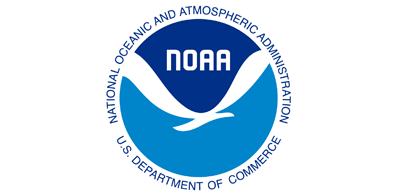Harmful Algal Blooms (HABs)
This page is currently under construction 7.16.25
It begins with Cyanobacteria
Cyanobacteria are microscopic photosynthetic organisms that occur naturally in aquatic habitats. When Cyanobacteria grow or bloom out of control, however, they can form dense colonies or mats on the water’s surface. Known as harmful algal blooms, or HABs, they can be harmful to humans, animals, aquatic life, and ecosystems.
Add the right ingredients and conditions
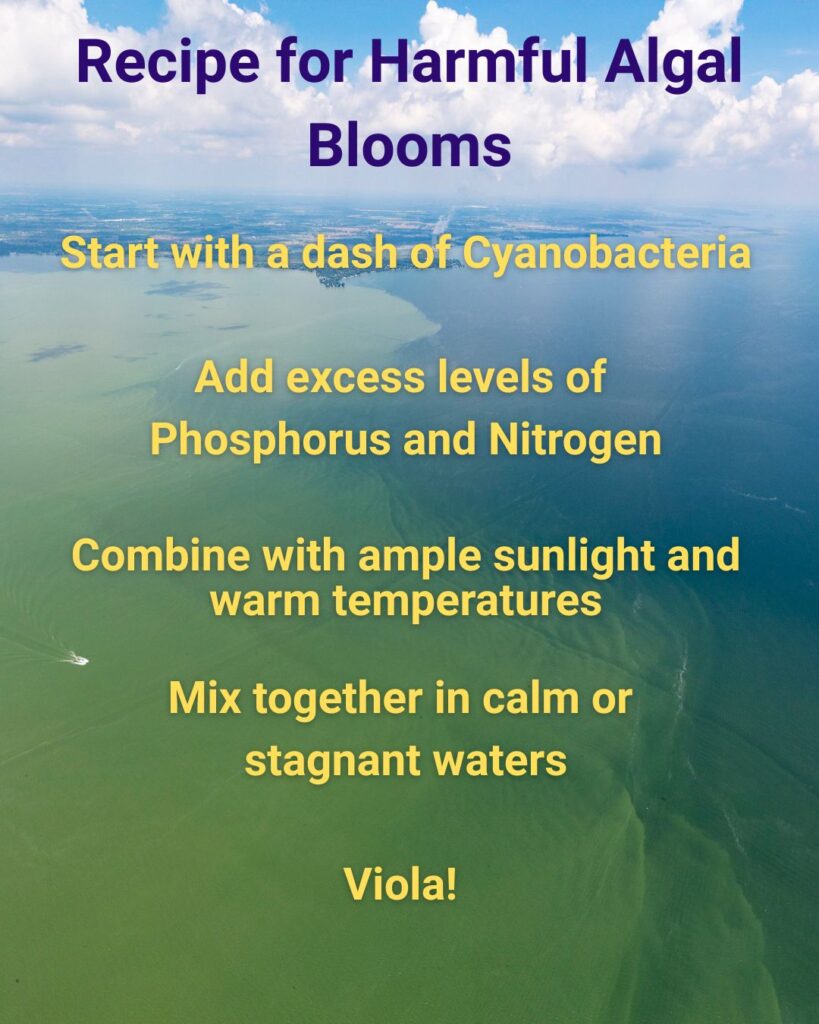
Harmful algal blooms can form when conditions are just right. They generally occur in warmer months, in calm waters, like ponds, lakes, slow-moving streams, stormwater retention ponds, ditches, or other stagnant waters. The catalyst for their growth is excessive levels of nutrients, like Nitrogen and Phosphorus, which can enter a waterbody as runoff from lawns or farm fields.
A bloom that can last
The duration of these blooms can be short lived or last for weeks to months, depending on the nutrient levels, water temperature, and whether winds or other agitation sources are present. Thus, it’s very important to pay attention to local and statewide alerts and signage or notices placed at beach entrances, boat docks, and other public areas adjacent to a waterbody. It’s also very important to know how to recognize or identify harmful algal blooms.
Identification
It’s important to know the signs of harmful algal blooms, in order to steer clear of a potentially dangerous situation. Harmful algal blooms appear on the surface of the water as thick green or blue-green mats or globs, spilled paint, pea soup, grass clippings, or as pinhead size particles suspended in the water. It may also appear white, gray, murky, or milky, and may collect along the shoreline.
Knowing what a harmful algal bloom is not, is equally important. If the material is long, stringy, can be lifted with a stick, is rooted or attached to plants, rocks, or sediment, or has leaves or leaf-like structures – it is not a harmful algal bloom. However, if the material appears in excess, it could be an infestation of an aquatic invasive species, and so identification of any unusual growth on or in the water is important to protect aquatic species and the ecosystem.
Impacts
Ecosystem
Large blooms can clog the gills of fish and invertebrates, smother aquatic vegetation, and deplete oxygen levels in water as they decay.
Human Health
Harmful algal blooms can pose serious health risks to humans and animals if ingested, inhaled, or if they touch the skin. These toxins can be present even when visible signs of HABs have dissipated. Signs of exposure can include skin rashes, respiratory issues, and gastrointestinal distress. If ingested or inhaled, symptoms may be even more severe.
Dog Health
Dogs are much more susceptible than humans to cyanobacterial poisoning. They can be exposed to toxins by drinking the affected water, eating washed up mats or scum of toxic cyanobacteria, and by direct contact with the skin. After leaving the water, dogs can also be poisoned by grooming their fur and paws.
Safety
Being mindful of locations and conditions where HABs are likely to occur, exercising caution, and following all posted warnings including signs indicating unsafe water conditions are advised. If visible signs of an algae bloom are present, avoid all contact with the affected water and leave the area. Additionally, rinsing off with fresh water after contacting water, even if no visible bloom is present, is always a good idea.
Prevention
Preventing HABs in small waterbodies begins by managing naturally occurring nutrient levels, specifically by avoiding activities that may increase Phosphorus and Nitrogen levels.
- Always apply fertilizer with the 4Rs: right source, right rate, right time, right place
- Pick up pet waste
- Have septic systems inspected and serviced regularly
- Implement run off management techniques like rain barrels and rain gardens to slow and sink runoff
More about nutrients
- Natural nutrient cycles: Erosion and the water cycle contribute nutrients naturally into a waterbody. When naturally occurring in balance, Nitrogen and Phosphorus are critical for aquatic plant life.
- Human and animal waste inputs: Nutrients are present in human and animal waste. If not properly treated, Nitrogen and Phosphorus can be released into waterways via wastewater effluent. Poorly maintained septic systems can also contribute human waste and additional nutrients to surrounding waterbodies.
- Urban and Agricultural Runoff: Overfertilizing of yards and agricultural lands can lead to excessive nutrients entering a waterway or waterbody via storm drains or as runoff.
For more information:
For more information about HABs in Pennsylvania, visit the Pennsylvania Department of Health Website: https://www.pa.gov/agencies/health/programs/environmental-health/habs.
If you have health related questions about HABs, please contact the Division of Environmental Health Epidemiology at the Pennsylvania Department of Health at env.health.concern@pa.gov.
To report a suspected HAB, complete the Suspected Harmful Algal Bloom (HAB) Reporting Form found on the Department of Health’s website or for other inquiries contact the Pennsylvania HABS Task Force at HABS@pa.gov.
Resources for social media
Pennsylvania Sea Grant has developed a series of graphics for use in social media posts and for sharing. We’re making them available for download for public use. These graphics are not ADA compliant and are intended to be used solely for social media awareness campaigns.
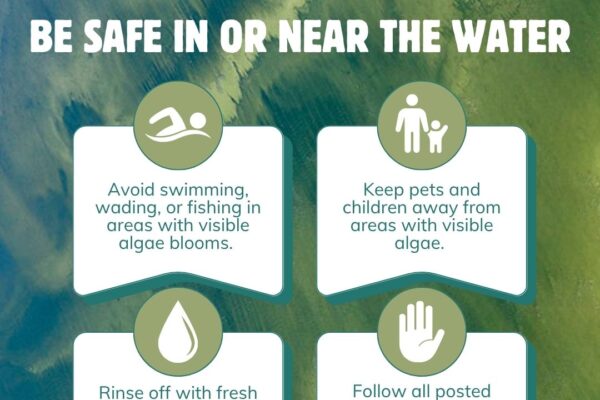
When in Doubt, Stay Out Social Campaign post

Social graphic # 2 here

Social graphic #3 here
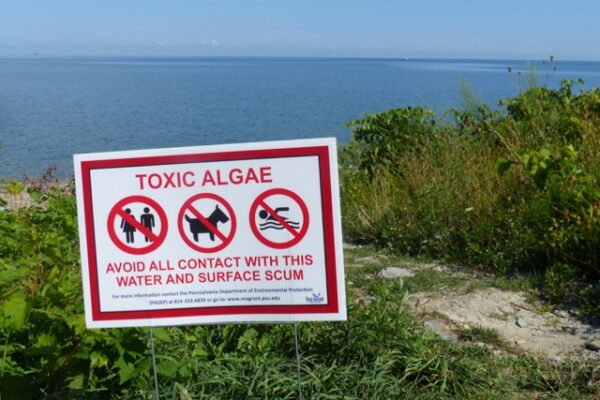
Pennsylvania Lake Erie Harmful Algal Bloom Task Force
Pennsylvania Sea Grant plays an active role on the Pennsylvania Lake Erie Harmful Algal Bloom Task Force. In May of 2014, the Task Force adopted the Pennsylvania Lake Erie Harmful Algal Bloom Monitoring and Response Strategy to provide a unified approach to monitor for HABs and HAB toxins, and to provide this information to resource managers and the public at large in a timely fashion.
Pennsylvania Sea Grant currently chairs the task force and works directly with collaborating organizations to promote awareness about HABs in Pennsylvania. Agency and partnering members of the Task Force include the Erie County Department of Health, the Pennsylvania Department of Conservation of Natural Resources, the Pennsylvania Department of Environmental Protection, and the Regional Science Consortium.

